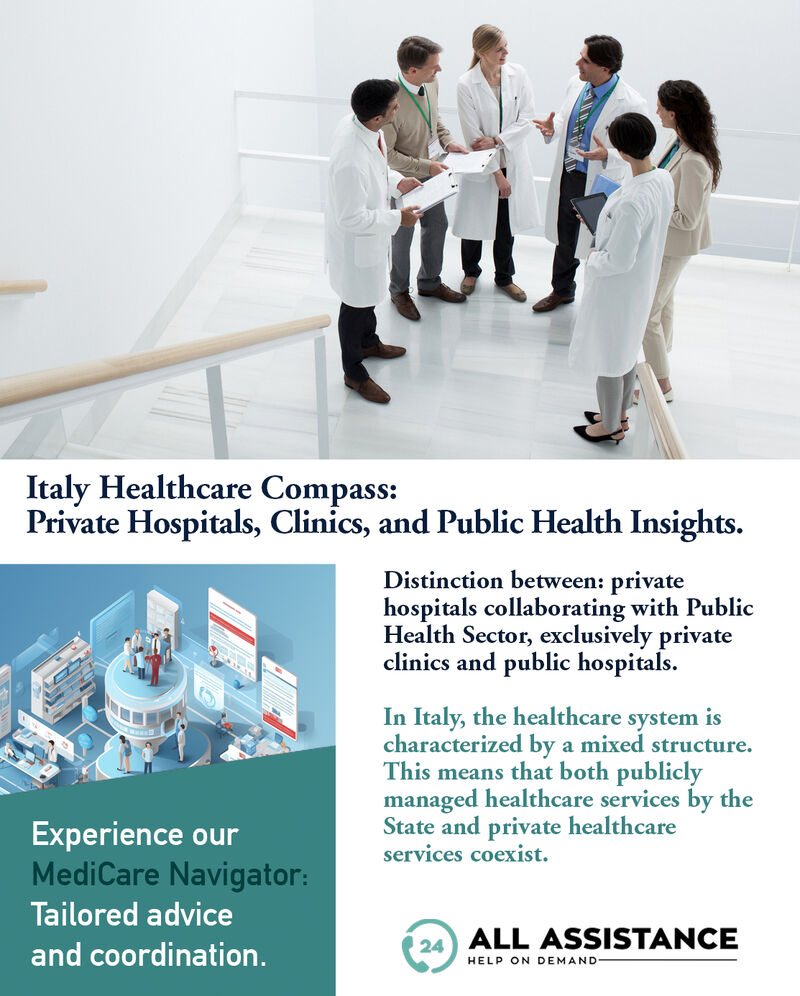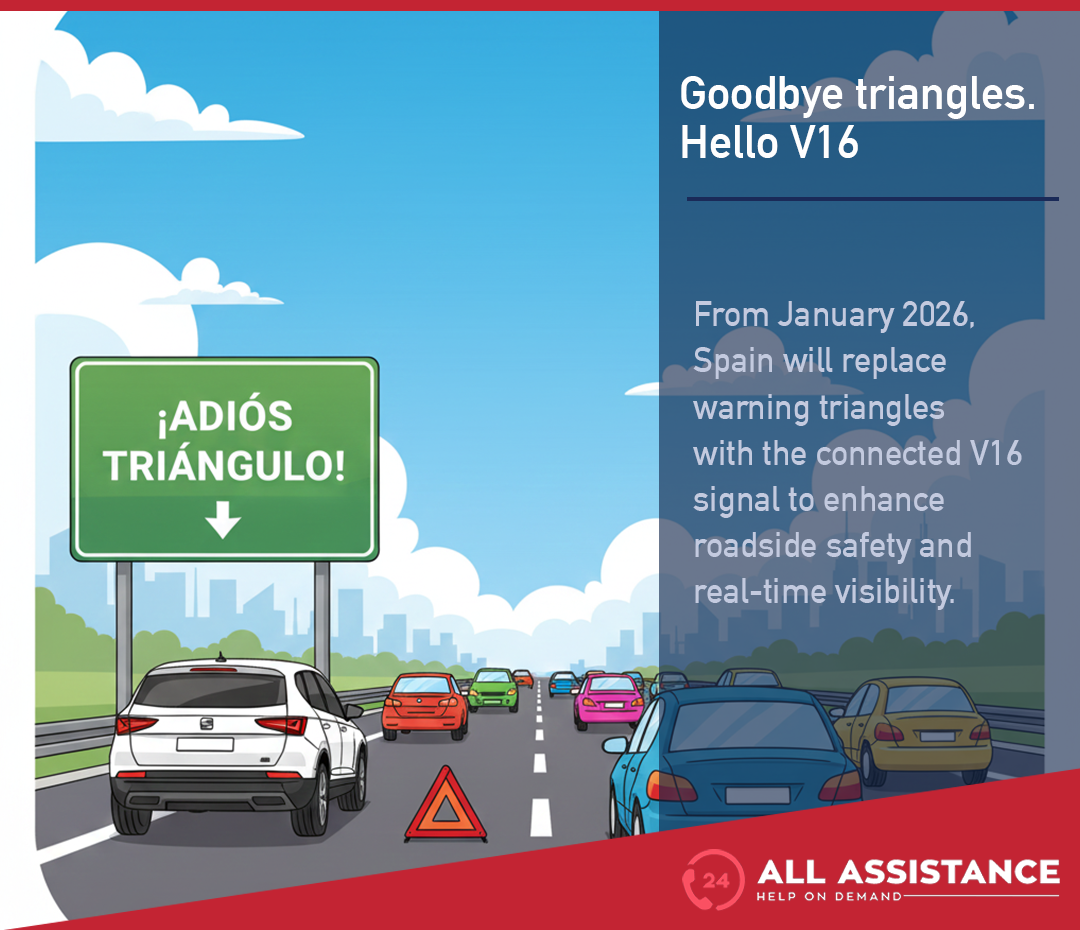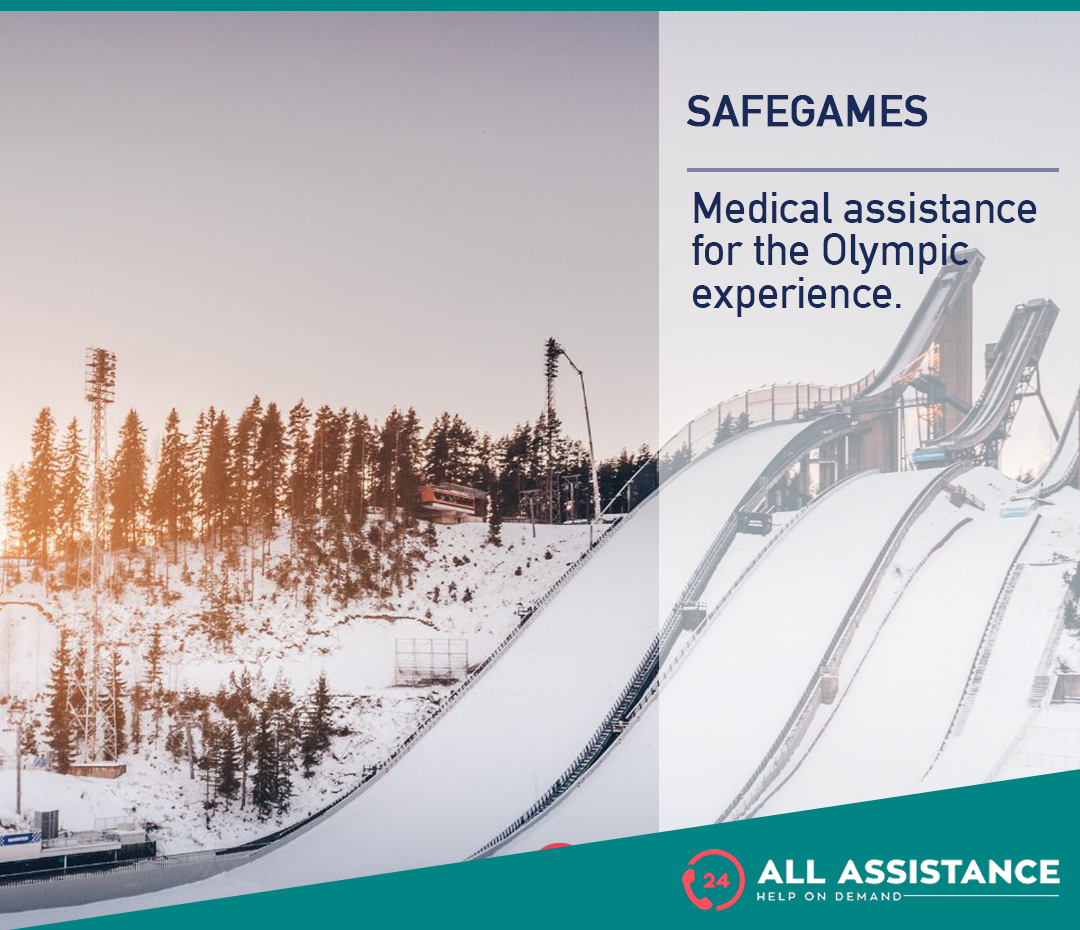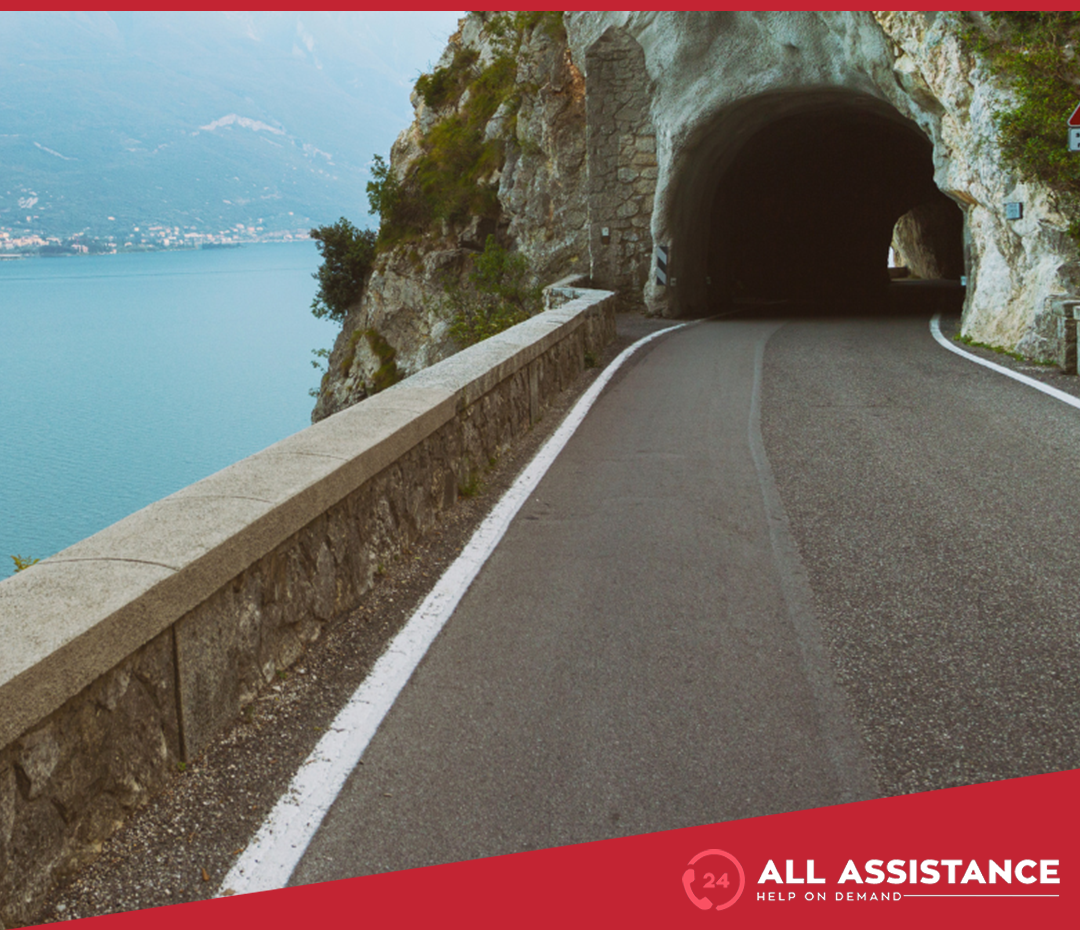🏥 In Italy, the healthcare system is characterized by a mixed structure. This means that both publicly managed healthcare services by the State and private healthcare services coexist. The National Health Service represents the cornerstone of the public healthcare system, providing basic coverage to all citizens. At the same time, there are private healthcare facilities that offer fee-based services, allowing citizens to access medical and specialized care outside the public system. This duality in the Italian healthcare system provides citizens with options and choices based on their needs and financial resources.
• Functioning of ER in hospitals. 🧑⚕️
The emergency department operates with a triage system that assigns a code from red to white based on symptoms, and patients are seen according to the severity of their symptoms. If discharged with a white or green code, they will have to pay a fee for the service; in some regions, there is a single fee, while in others, a fee will be charged for each specialist who has examined the patient. In the case of mild symptoms, the wait may be long.
• What is DRG: where and how it is applied. 🚑
The DRG (Diagnosis-Related Group) is the billing system used by public hospitals and accredited hospitals that calculates costs based on diagnosis and length of stay. The physicians in charge of the department finalize the DRGs, and they have one month to do so. The Italian healthcare system is organized at the regional level, so the tariffs are decided at a national and regional level.
• How to managing medical cases in emergencies. 🩺
In case of medical emergencies, they should be managed by calling the European emergency number 112. The operator who answers will redirect the call to the relevant service. Alternatively, one can call 118, which is the number for medical emergencies.







